Rainy E-Bike Wilderness Riding: Essential Safety Precautions
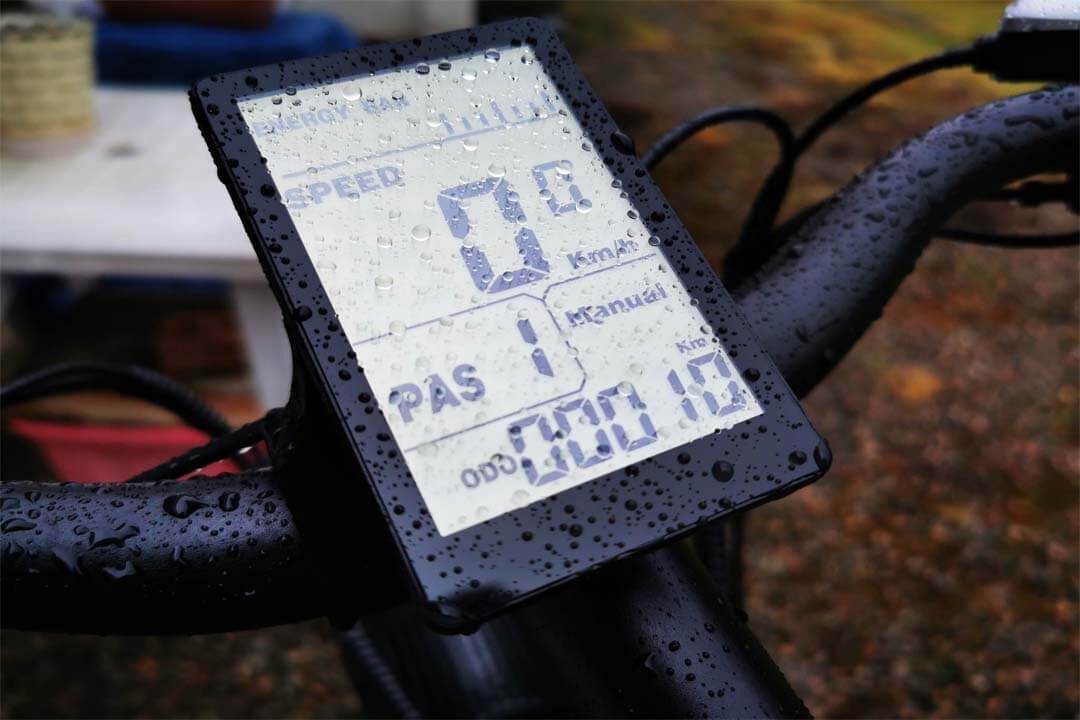
Riding an e-bike in the wilderness during a rainstorm can be an enjoyable experience. The unique and thrilling sensation of cycling through the rain, surrounded by the beauty of nature, can be exhilarating. Additionally, the rain can enhance the natural beauty of the surroundings, providing riders with a more immersive experience.
However, riding an e-bike in the wilderness during a rainstorm can also be potentially dangerous. Slippery terrain due to rain, reduced visibility caused by fog or mist, and the risk of hypothermia are among the hazards that riders may face. It is therefore necessary to take appropriate safety measures when embarking on such a ride.
In this article, we will discuss various safety precautions that riders should take when riding an e-bike in the wilderness during a rainstorm. These precautions include wearing appropriate clothing, maintaining a safe speed, using proper lighting, and carrying essential supplies with them. By following these guidelines, riders can ensure a safe and enjoyable experience while exploring the great outdoors on their e-bikes.
Check Your Equipment
Ensuring that your e-bike is in good working condition before riding in rainy conditions is very important for both safety and performance reasons. Riding an e-bike in the rain can be challenging due to decreased visibility, reduced traction, and increased stopping distances. Therefore, it is critical to check and maintain the bike's key components to ensure they are functioning optimally.
Here is a checklist of components to inspect before riding your e-bike in rainy weather:
Brakes
Check your brake pads for wear and ensure they are gripping properly. If your brakes are not working correctly, you will not be able to stop quickly enough if needed.
Tires
Inspect your tires for cuts or punctures, and ensure that they have sufficient tread depth. Worn-out tires can lead to less traction on wet surfaces, which can cause accidents.
Lights
Ensure that your front and rear lights are working correctly as visibility can be reduced during rainy weather.
Chain and gears
Check your chain and gears for signs of rust and wear. Lubricate them appropriately to prevent rust and ensure a smooth ride.
Frame
Inspect your bike's frame for any signs of damage or rust. A damaged or corroded frame can compromise the bike's structural integrity and make it unsafe to ride.
Battery and motor
Ensure that your battery is fully charged and that your motor is running smoothly. These two components are essential for an e-bike to function correctly.
By taking the time to inspect and maintain these key components on your e-bike, you can help ensure that it is safe and reliable for riding in rainy conditions.
Dress Appropriately
Dressing appropriately for the weather is essential to staying comfortable and safe, particularly in wet conditions. You risk developing health problems if you allow yourself to get soaked by rain or snow without adequate protection. Wearing waterproof clothing and shoes can help prevent this from happening. It's always better to err on the side of caution when it comes to dressing for inclement weather.
In addition to wearing appropriate waterproof attire, it's important to consider the additional protective gear that might be necessary when dealing with wet conditions. Goggles or a helmet cover are two examples. Goggles can keep rain, sleet, or snow from getting in your eyes, while a helmet cover can keep your head dry and warm if you're riding a motorcycle or bike in unfavorable conditions.
Finally, it's critical to remember to check the weather forecast before heading out so that you can dress appropriately. You want to ensure that your experience is both safe and enjoyable. Whether you're going for a walk, run, bike ride, or any other outdoor activity, taking the time to prepare beforehand will help protect you from the elements and make your adventure more enjoyable.
Plan Your Route Carefully
It's important to choose a route that is appropriate for your skill level and takes into account any potential hazards. Whether you're going for a hike, bike ride, or run, it's essential to select a path that avoids steep inclines, slippery surfaces, and areas prone to flooding. This will help ensure that you can navigate the terrain safely and avoid any unnecessary risks.
Additionally, it's crucial to let others know where you're going in case of an emergency. This could mean telling a friend or family member about your planned route or leaving a note at home documenting your intended destination and estimated time of return. If something unexpected happens while you're out on the trail, this information can be critical to getting help quickly.
Remember, safety should always be your top priority when engaging in outdoor activities. By choosing a safe route that matches your skill level and letting others know where you're headed, you can help reduce the risk of accidents and ensure that your adventure is both fun and secure.
Slow Down and Stay Alert
Wet conditions can have a significant impact on driving safety, affecting braking distance, turning ability, and visibility. When the road is wet, it becomes slicker and more slippery, reducing the amount of traction between your vehicle's tires and the road surface.
As a result, the braking distance is increased, meaning that it takes longer for your vehicle to come to a complete stop when you apply the brakes. This is because the water on the road creates a layer between the tires and the pavement, reducing the friction necessary to slow down or stop the vehicle.
Turning ability is also affected in wet conditions, as the slick surface reduces the grip between the tires and the road surface. As a result, it becomes harder to maintain control of your vehicle while turning, which increases the risk of skidding or hydroplaning.
Finally, visibility can be significantly reduced in wet conditions due to rain and spray from other vehicles. This makes it harder to see other cars, pedestrians, and obstacles on the road, increasing the risk of accidents.
To stay safe while driving in wet conditions, it is important to adjust your speed accordingly. Slowing down can help reduce the risk of skidding or hydroplaning, allowing you to maintain better control of your vehicle. Additionally, leaving extra space between your car and the car in front of you can give you more time to react and stop in case of an emergency. Remember to always drive with caution and stay alert, especially when the weather conditions are less than ideal.
Be Prepared for Emergencies
If you are cycling in the wilderness during a rainstorm and encounter a bike malfunction, injury, or another emergency, there are several things you can do to stay safe and get help. Here are some tips:
Stay Calm: The first thing to do is to stay calm and assess the situation. Panicking only makes things worse, so take a few deep breaths and try to think clearly.
Find Shelter: Seek shelter from the rain under trees, rocks, or any other natural cover. This will protect you from getting wet and keep you warm.
Call for Help: Use your cell phone or any other available means to call for help. If you don't have a signal, try climbing to higher ground to get better reception.
Perform Basic First Aid: If someone is injured, administer basic first aid as necessary. This may include stopping bleeding, stabilizing broken bones, or treating hypothermia.
Repair Your Bike: If you encounter a bike malfunction, try to repair it if possible. Bring along a toolkit with spare parts, tools, and other essential items for repairs.
When packing for a wilderness cycling trip, it's important to bring along a basic first aid kit and other emergency supplies. Here are some items to consider:
First Aid Kit: Pack a small first aid kit with bandages, antiseptic wipes, pain relievers, and other essentials.
Emergency Blanket: An emergency blanket can provide warmth and shelter in case of hypothermia or other emergencies.
Water Filter: Bring along a water filter or purification tablet to ensure that you have access to clean drinking water.
Multi-Tool: A multi-tool with pliers, screwdrivers, and other useful tools can be handy for bike repairs and other tasks.
Portable Charger: A portable charger can keep your phone and other devices charged up in case of an emergency.
Remember to pack your emergency supplies in waterproof containers or bags to keep them dry. By being prepared, you can stay safe and enjoy your cycling trip even in less-than-ideal conditions.
Conclusion
In conclusion, riding an e-bike in the wilderness during a rainstorm can be a thrilling adventure, but it's important to prioritize safety. Here are the main safety precautions discussed in this article:
Wear appropriate clothing and gear to protect yourself from the elements.
Check your bike before heading out to ensure that it's in good working condition.
Adjust your speed accordingly in wet conditions, and leave extra space between you and other vehicles.
Seek shelter and call for help in case of an emergency.
Pack a basic first aid kit and other emergency supplies in case of an injury or malfunction.
Remember that safety always comes first, even when the temptation to explore new terrain is strong. By taking these precautions, you can enjoy the adventure of riding an e-bike in the wilderness during a rainstorm while minimizing the risks. So go ahead, get out there, and have some fun, but always put safety first!

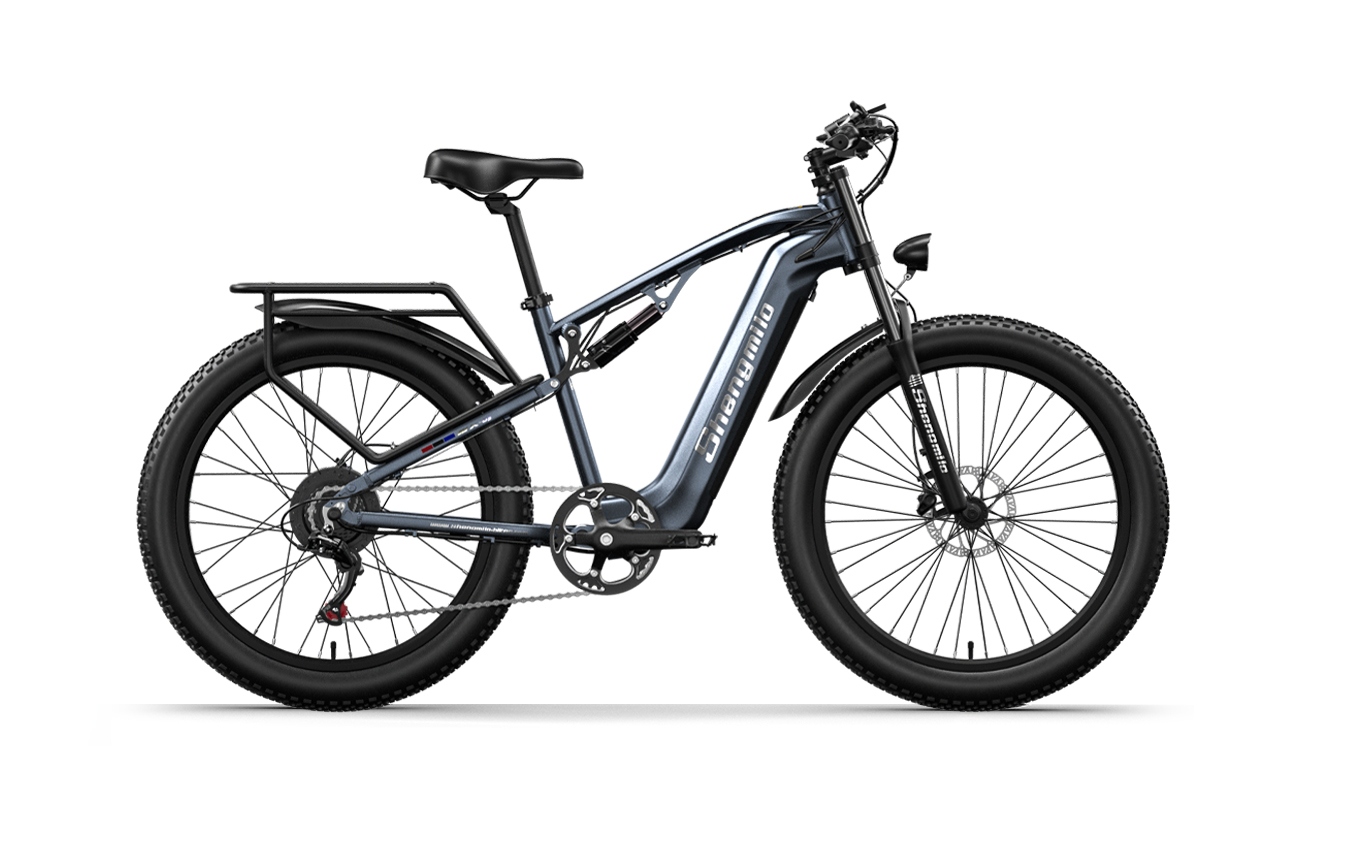
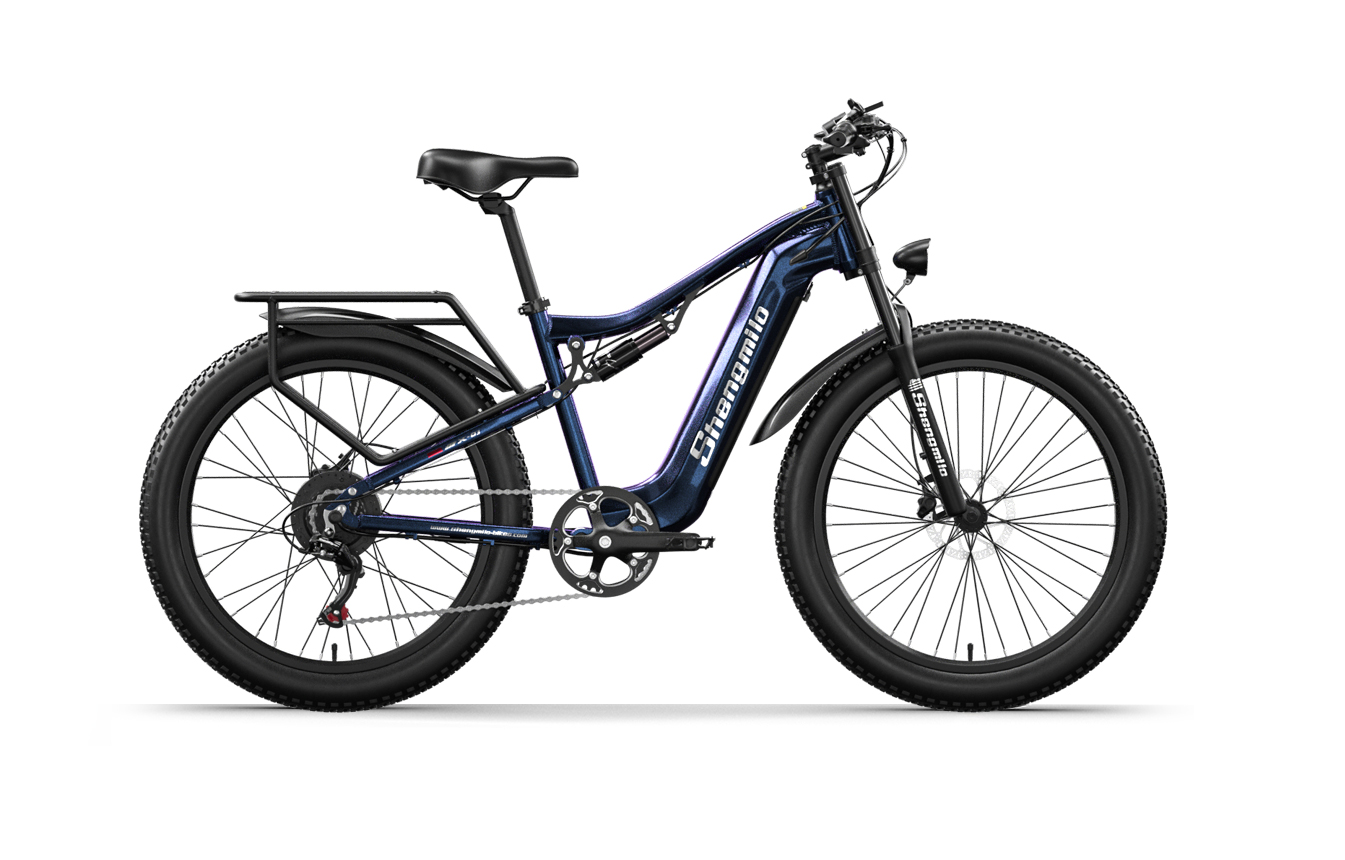
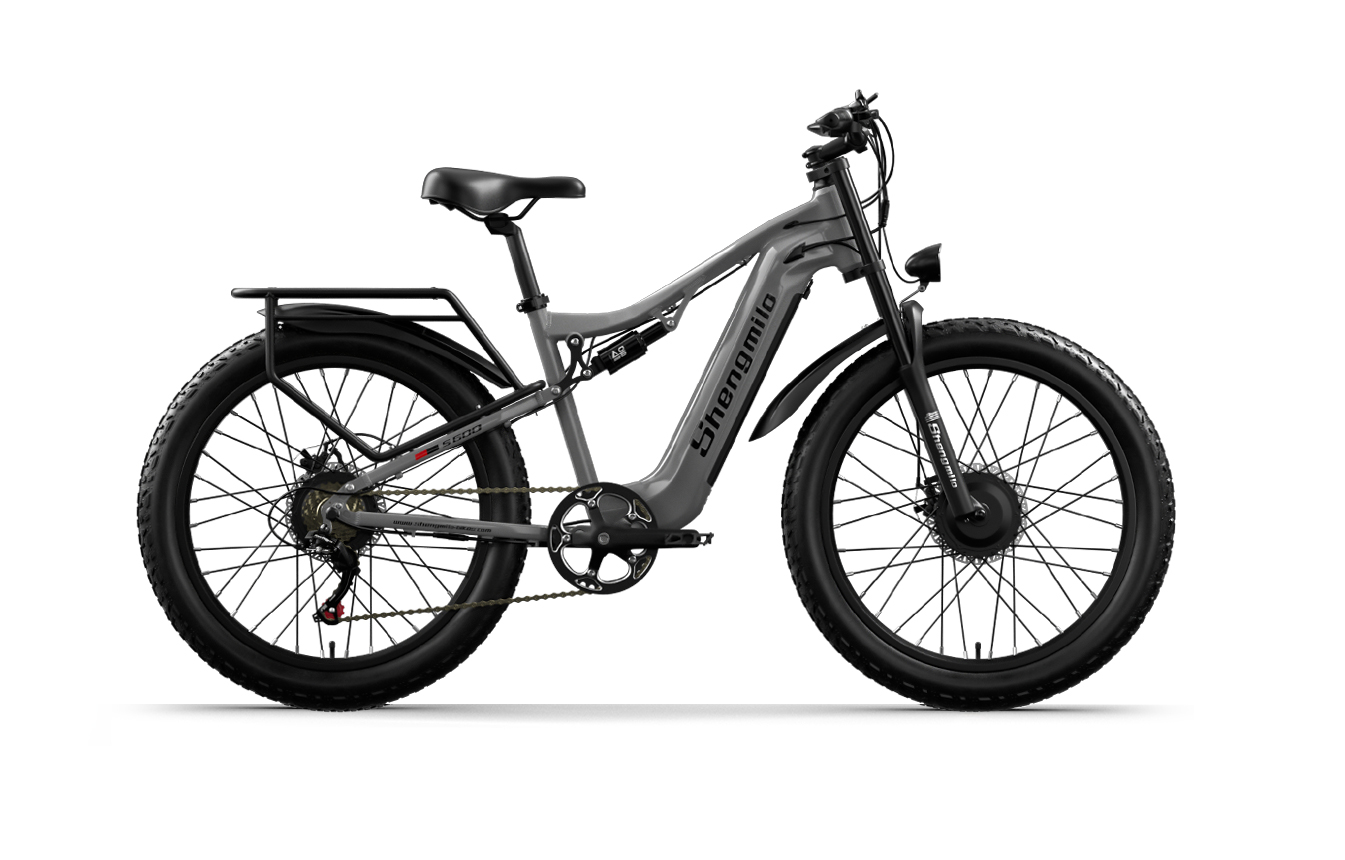

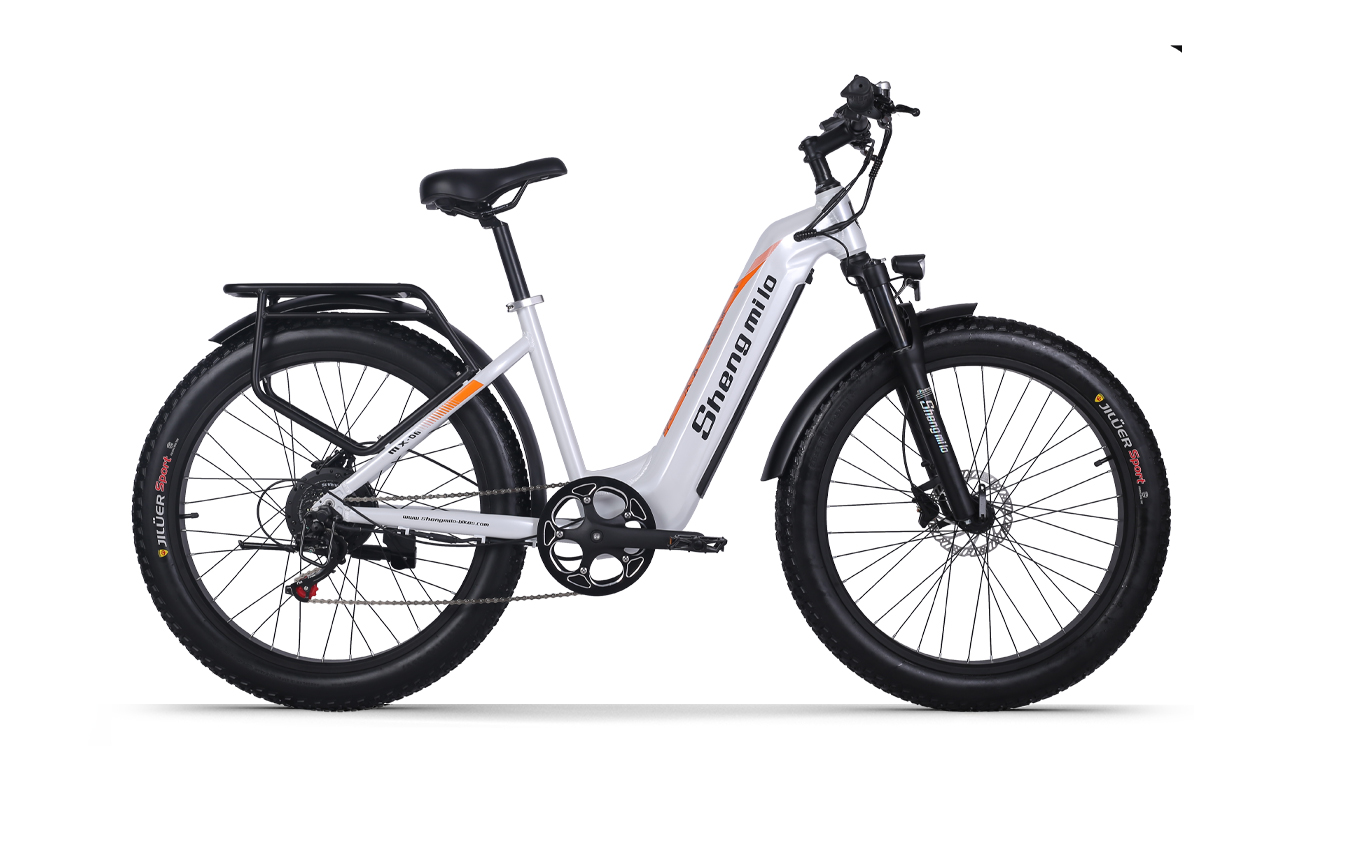
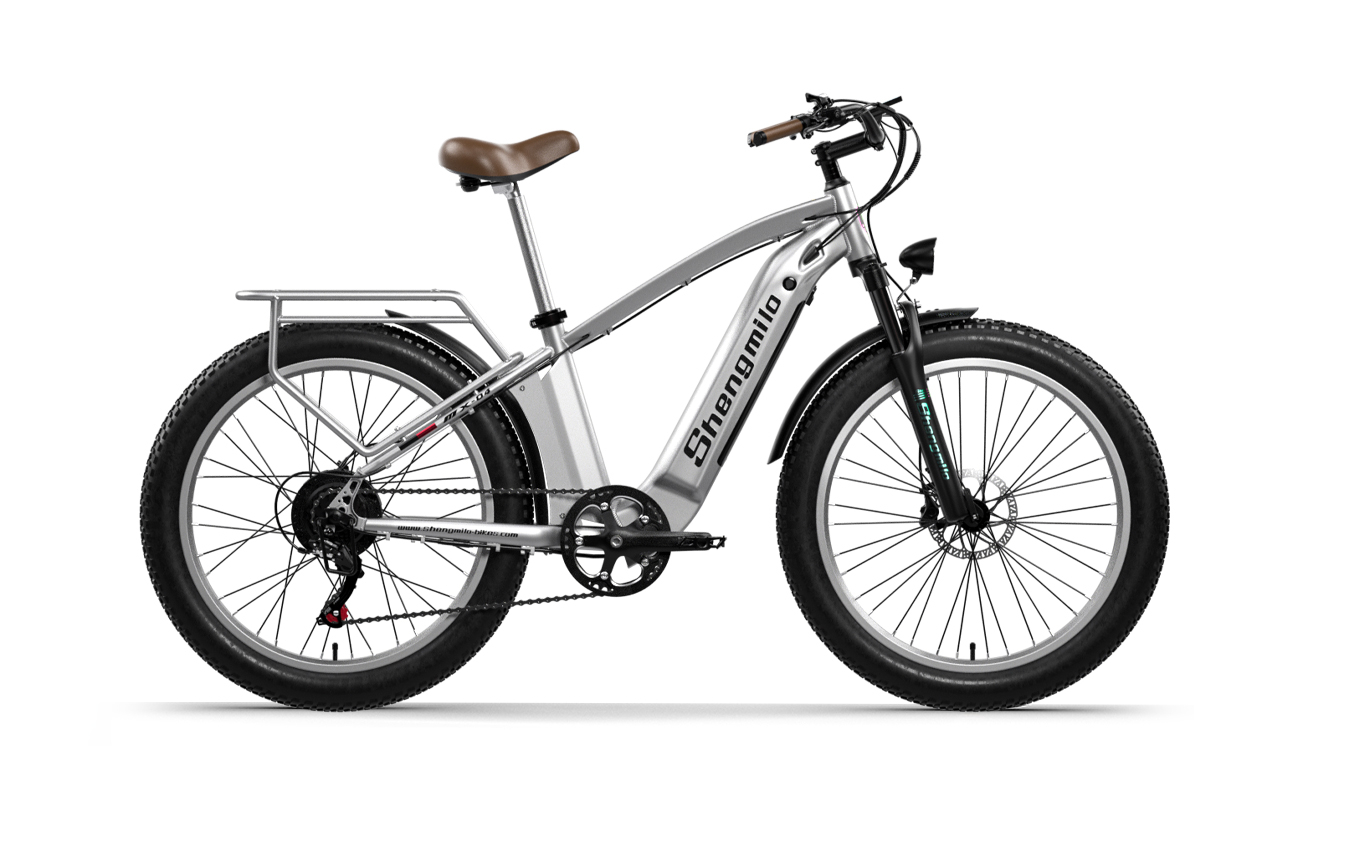
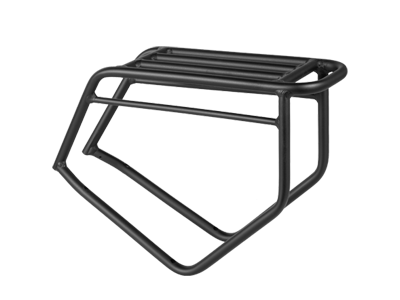
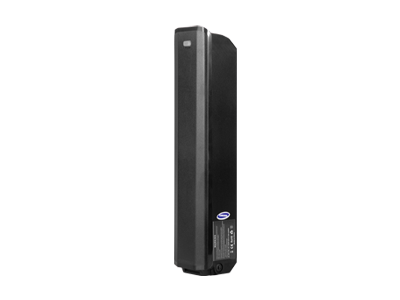
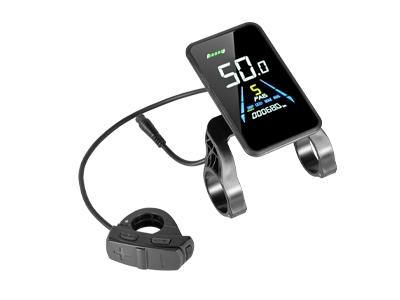
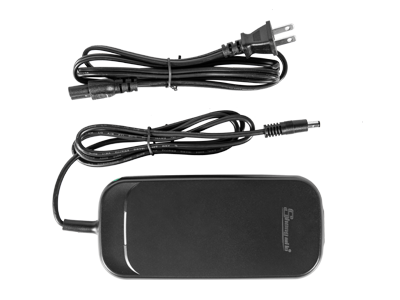
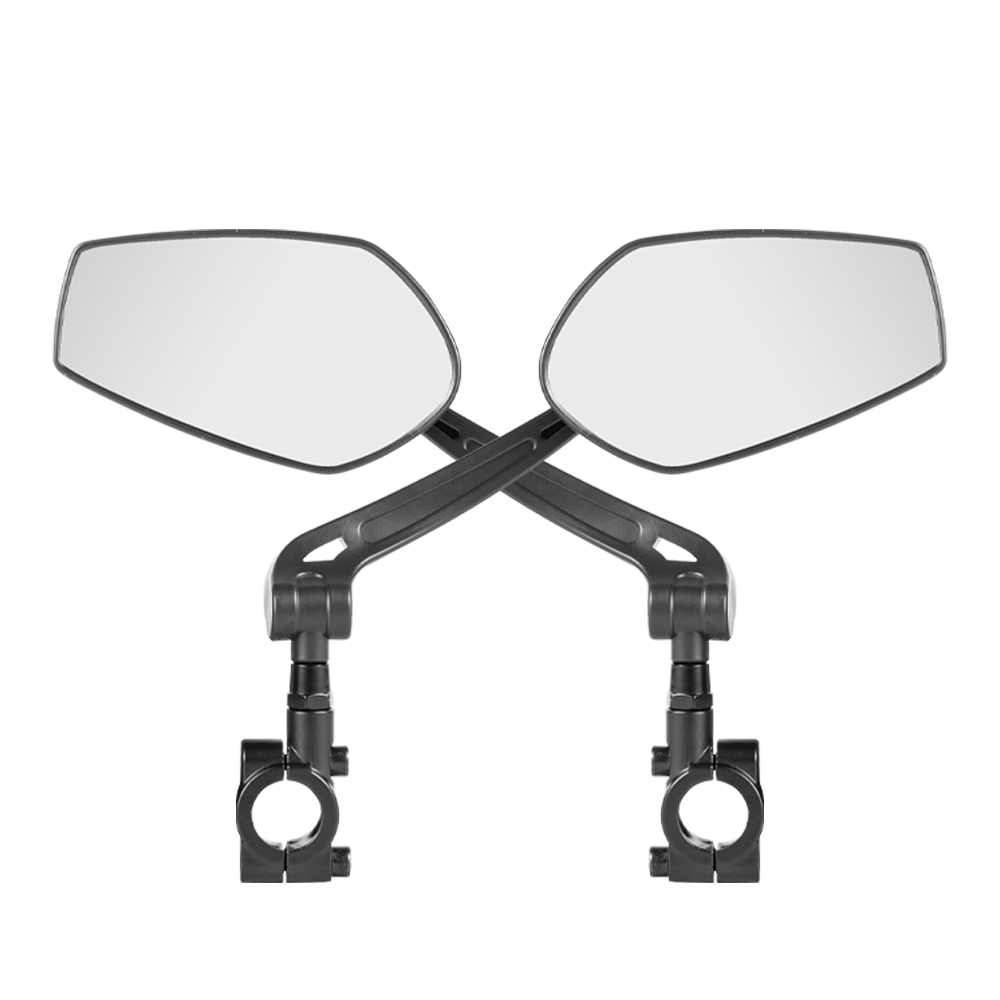
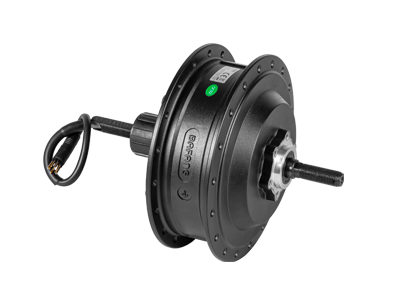
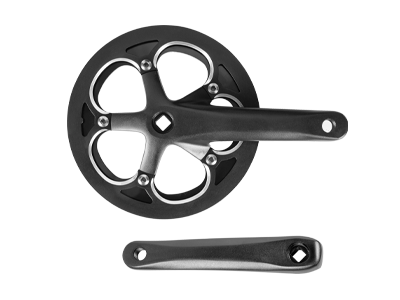
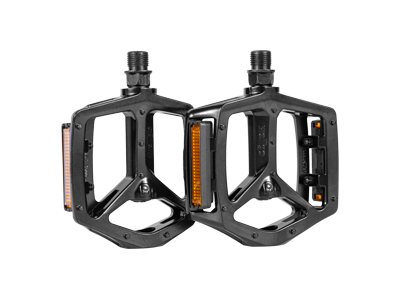
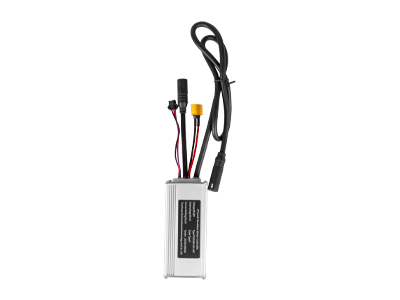
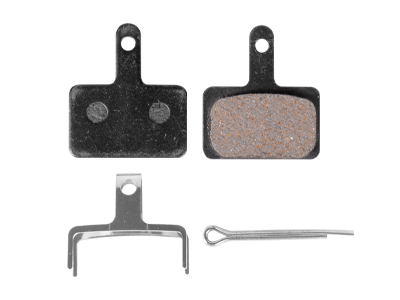
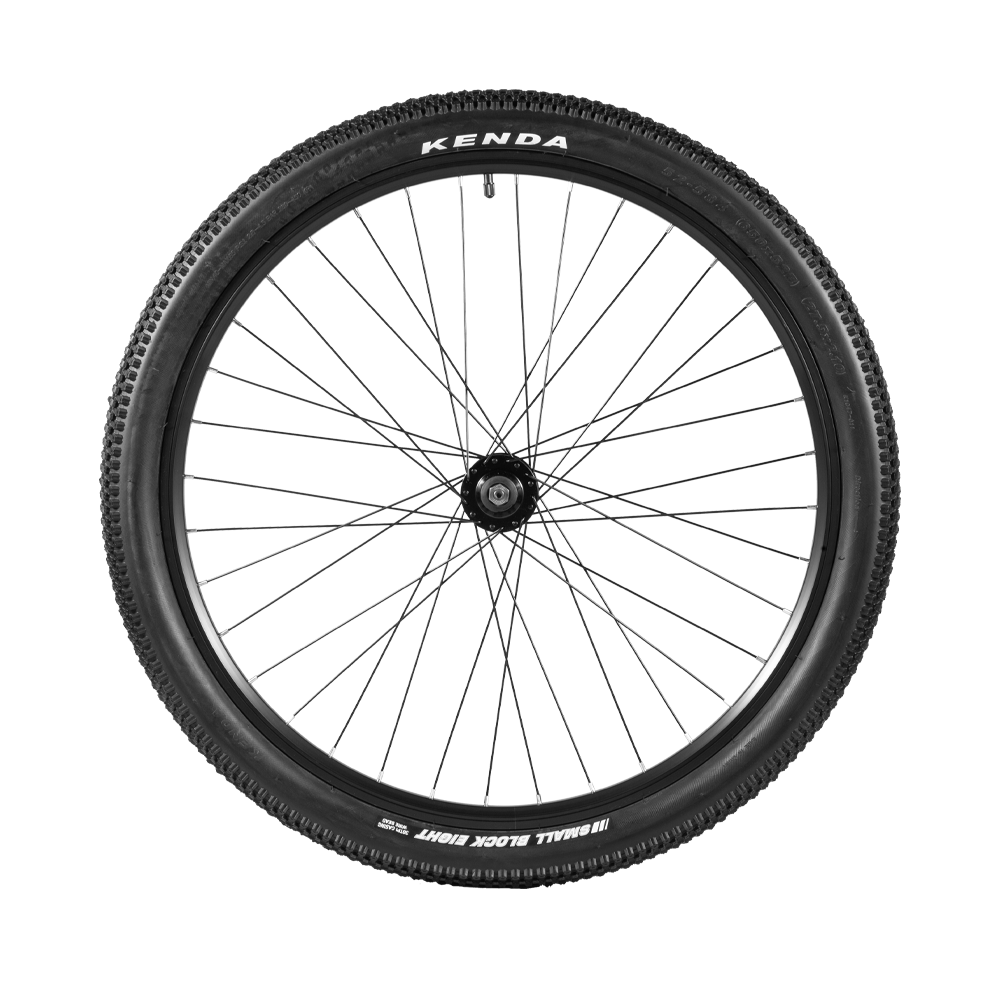






Leave a comment